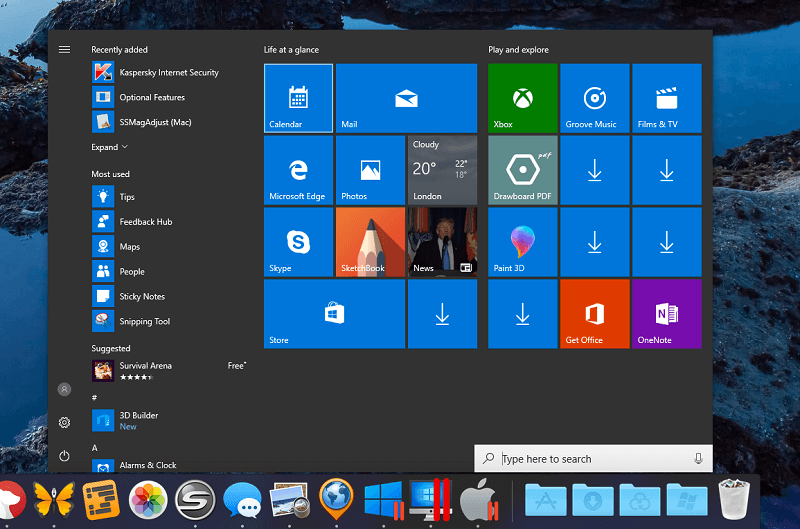
- Parallels For Mac Support
- Parallels For Mac Memory Allocation Upgrade
- Parallels For Mac Memory Allocation Tool
Virtual machine’s capabilities are seemingly endless. Whether a Mac user needs Windows for gaming, Microsoft Office, or design programs – Parallels Desktop for Mac has you covered.
Jun 18, 2006 I experimented with my 2GB MBP and found that setting memory in Parallels preferences to 1GB, and allocating 768 MB to Windows seemed to be about the performance sweet spot. If I wanted to run two VMs at the same time, I'd up the total allocation to about 1.2 GB and 512 MB for each VM. In comparison, Fusion 5 and the current version of Parallels support up to 8 CPUs and 8 GB of RAM. According to macworld; Both Windows and Linux guest operating systems can be installed via an easy installer, and Parallels supports up to eight virtual CPUs, and 64-bit versions of Windows and Mac.
One important question remains: How do users know when to allocate specific resources to the virtual machine based on their needs?
It is a widely-discussed myth that a virtual machine needs ALL of the host machine’s resources in order to run effectively. This is simply not true.
In order to avoid mistakes with a virtual machine’s configuration, our team would like to shed some light on the matter by dispelling three common myths about virtual machine performance. Watch leap year full movie.
Myth 1: The more processors I assign to my VM, the better.
It sounds logical—more is better.Well, that’s not exactly true.One or two virtual CPUs is enough for most of the Windows applications you run. Assigning three CPUs can even slow down overall performance, especially if you have an older Mac model.To see how many CPUs are assigned to your virtual machine, launch Parallels Desktop, and make sure your virtual machine is shut down.Go to Virtual Machine Configuration > Select theParallels For Mac Support
HardwareParallels For Mac Memory Allocation Upgrade
tab > CPU & Memory.You can then configure the number of processors (CPUs) to provide the appropriate number of computing resources for the workload you plan to run in the virtual machine.:max_bytes(150000):strip_icc()/memcpu500x328-5806f1e63df78cbc28b05414.png)
Parallels For Mac Memory Allocation Tool
In most cases, one or two CPUs provide the best performance with a virtual machine. Assigning several CPUs to your virtual machine may be required if outlined in your Windows program system requirements, but it also depends on your actual Mac hardware.
We unable to add to virtual machine more resources then your Mac has.
In order to add the necessary CPU numbers and get the best virtual machine performance as a result, we need to decide how we would like to use virtual machine: for gaming or just run any counting application like a QuickBooks, and also carefully read the application’s system requirements.
